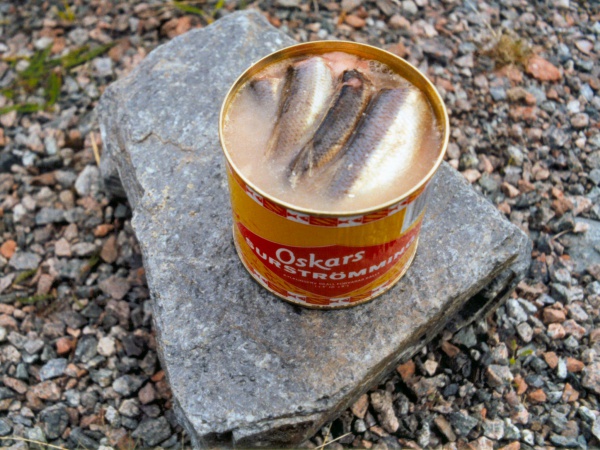Facts About Surströmming
Surströmming is a traditional Swedish dish made from fermented Baltic Sea herring, a staple in Swedish cuisine since at least the 16th century. The herring, caught just before spawning in April and May, undergoes a fermentation process lasting at least six months, resulting in its strong odor and somewhat acidic taste. This dish is renowned for having one of the most pungent odors in the world.
The production of surströmming begins with marinating the herring in a strong brine, followed by fermentation in a weaker brine. The fish are then canned, facilitating easier distribution and storage. Specific bacteria catalyze the fermentation, producing various acids that contribute to surströmming's distinctive scent.
Surströmming is typically consumed after the third Thursday of August, a period referred to as "Surströmming Day" and the season extends until early September. Due to its intense smell, it is often eaten outdoors. The dish is traditionally served with tunnbröd (a type of flatbread), potatoes, red onion, and sometimes Västerbotten cheese to balance the flavors. It is often accompanied by snaps, light beers, or cold milk.
While surströmming is popular in Sweden, it has received mixed reactions internationally. The smell can be an overwhelming challenge for first-timers, with German food critic Wolfgang Fassbender famously pointing out its potent odor. The dish has also faced regulatory scrutiny due to its dioxin and PCB levels, prompting Sweden to seek exceptions for its production.
Surströmming has sparked various challenges and controversies. Some airlines have banned it due to concerns about the pressurized cans exploding. There have even been legal disputes, such as a German eviction case involving a tenant who spread surströmming brine in a building stairwell. In Hong Kong, it was used during political protests.
In 2005, the world's first surströmming museum, "Fiskevistet" opened in Skeppsmalen, Sweden, showcasing the history and production of this unique Swedish delicacy.

 Norway
Norway